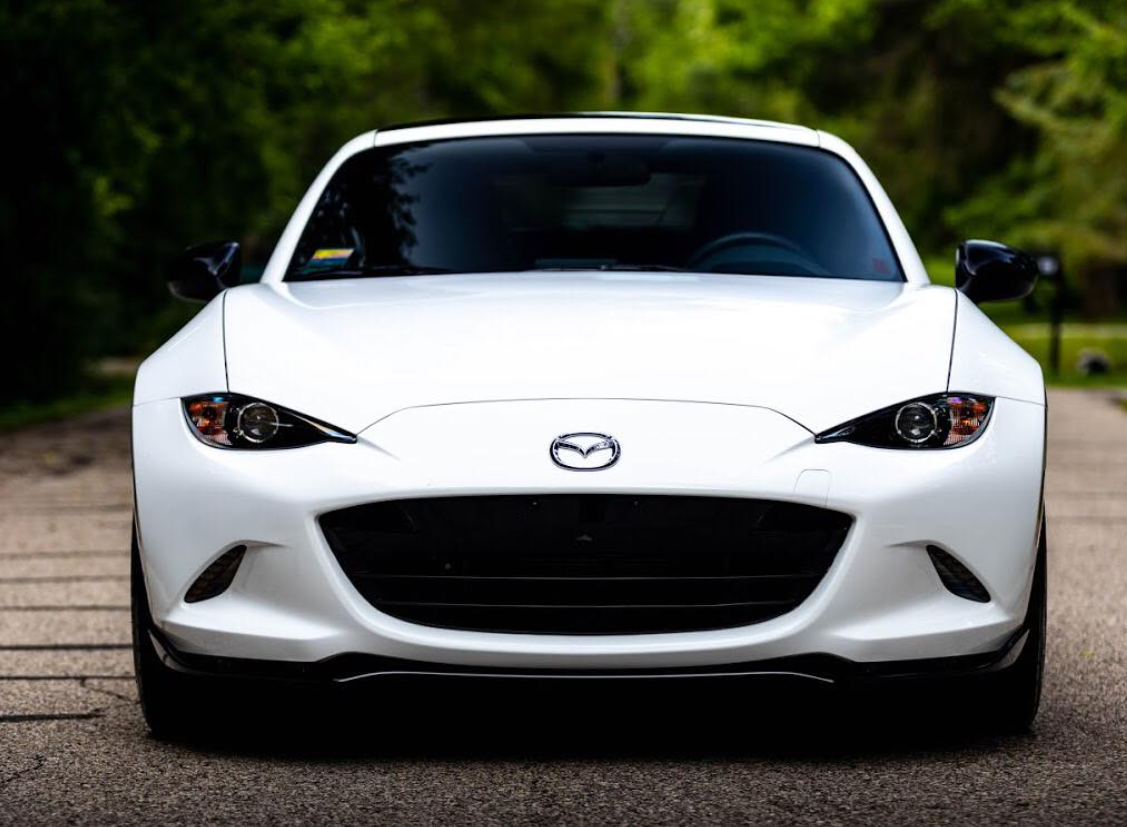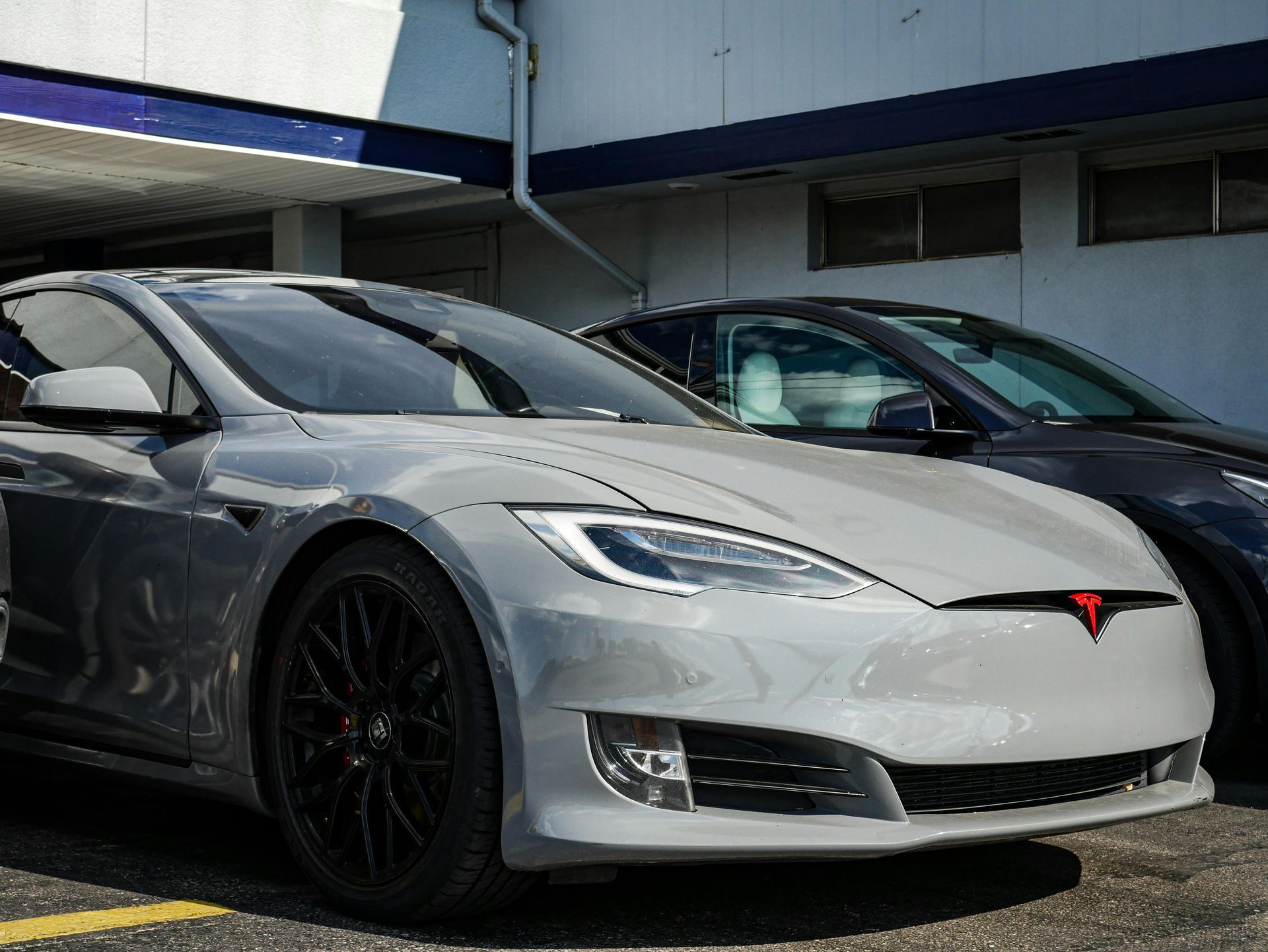Drivers should never compromise their road visibility. It is critical to have a clear view of your surroundings when driving. It is especially important to be able to see everything around you, including other vehicles on the road, at night, or in hazardous conditions.
So, if you live in a state where tinted windows are not permitted, you should be aware of the legal tinting percentage for a car so that your new vehicle does not attract undue attention from law enforcement.
After all, in most states, driving with excessively tinted windows is illegal. Different states, however, have different legal tint percentages for the windshield and side windows—and knowing what they are before you buy your car can save you a lot of trouble later on.
Fortunately, this article will explain in detail what the legal percentage for a car's window tint is so you can make an informed decision when purchasing one.
Window Tinting; An Overview
Tinting your windows can improve the appearance of your car while also protecting you and your interior from the sun's UV rays. However, if you choose a tint that is too dark, you risk being pulled over by police or receiving a "fix-it" ticket.
The percentages of legal window tint refer to the maximum amount of light that can be blocked out on the glass. So, if you're thinking about tinting your car windows, you should be aware of the car window tint laws in your area.
What Are the Legal Window Tint Percentages for Automobiles?
The answer is that it depends on your state of residence. Car window tinting laws vary by state, but some general guidelines apply across the board.
It is illegal in California, for example, to tint your windshield to less than 70% VLT (visibility luminance transmittance). That is, if your tinted windshield prevents more than 30% of the light from passing through, it is illegal.
As long as more than 70% of light passes through the front side windows, they can be completely dark. Back windows and windshields can be any shade of dark as long as they don't block out too much light inside your vehicle.
Visible light transmission and window tint darkness can be measured in a variety of ways.
A spectrophotometer or a different device called a densitometer can be used to measure visible light transmission. The difference between these two tools, however, is that the former measures all colors whereas the latter only measures black and white (or shades of grey).
Check for Statutory Exemptions
If you cannot find any exemptions in your state, you can still apply for one. You must contact the DMV and request an exemption letter explaining why your vehicle's tint is legal. This may take some time, and there are no guarantees that they will approve it, so apply as soon as possible.
You should also check with your local police department, as some states give them discretion over whether tinted windows are allowed at all or what percentage of tint is allowed on a vehicle.
Measure Window Tints with an Ultraviolet Meter
An ultraviolet light meter is required to determine the legal limit of window tinting on your vehicle. Police officers use this device to determine if your windows are too dark by measuring how much UV light passes through them.
Simply place the device against the window glass and examine the digital readout.
If it says less than 35% for front-side windows and 15% for back-side windows, it means that these windows are too dark from both sides. For example, if you drive in California with your front side window tinted at 20%, you are in violation of California law.

How to Choose the Perfect Window Tint Percentage for Your Car
To determine the correct percentage for your windows, you need to consider many factors:
The Climate Where You Live
If you live in a hot and humid climate, a higher tint percentage will help keep your vehicle cool and provide better UV protection. If you live in a cold or rainy climate, a lower tint percentage may be better for you.
This will allow for more natural light in the car, making it easier to see during bad weather without having to frequently switch your headlights or wipers.
Determine Why You Want a Dark Tint
Darker tint shades are probably best for you if you want privacy or UV protection. Lighter tint shades, on the other hand, may be better suited to your needs if you're trying to keep the heat out during the summer.
Legal Tint Percentage in Your State
The required tint percentages are listed in the state's motor vehicle code, which is kept up to date. In New York, for example, windshield tinting laws require that more than 70% of light pass through.
You can also use any dark non-reflective tint on the top 6 inches of your windows. The front and rear passenger windows should let in more than 70% of the light. When using dual exterior rearview mirrors, the law allows for any level of darkness on the rear window.
Contact Five Star Automotive Detailing for Top-notch Window Tinting Services
Many states have laws regulating the amount of UV light or visibility a driver has when they are in their car for the safety of drivers and pedestrians. These laws, known colloquially as "tinting regulations," differ from state to state.
While some places require special permits or charge a fee for tinted windows, others do not allow any level of darkness on your car's windows.
If you live in an area where these regulations apply, knowing what legal tint percentage for a car you can drive without risking being pulled over and fined is critical.
That being said, if you require high-quality window tinting, contact Five Star Automotive Detailing.
We will install high-quality window tinting to protect you and your vehicle from UV rays and heat, which can be harmful to your skin and eyes. Our installation will make it difficult for people to see inside your car, which can help you maintain your privacy.
Call us today at 507-213-3561 to book an appointment with us!






